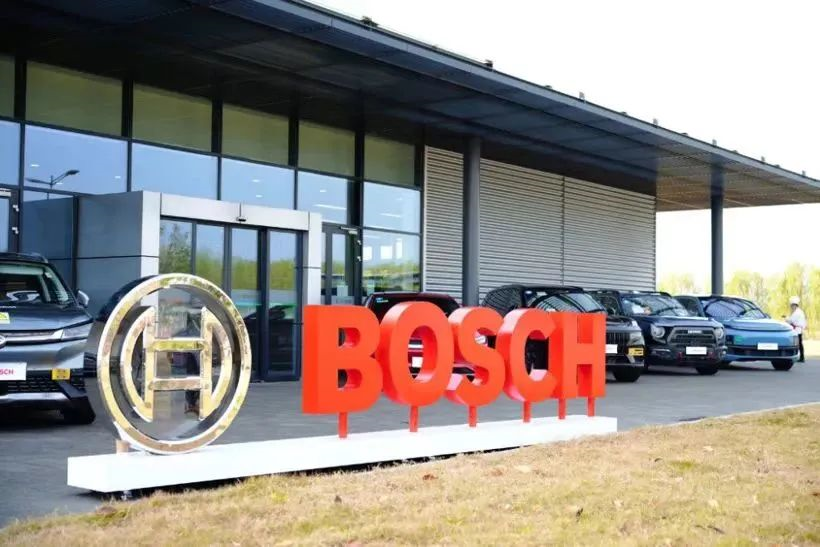Author: Michelin
If the major auto shows every year are a good opportunity to learn about the latest car models and technologies, then the exploration of future automotive technologies and trends has taken a different turn, such as the annual CES and Bosch Innovation Experience Day.
Recently, Bosch held the 2022 Bosch Automotive and Intelligent Transportation Technology Innovation Experience Day, where we tried to find out what the future of automotive technology looks like and what the technology and innovations will be for the next generation of intelligent vehicles.
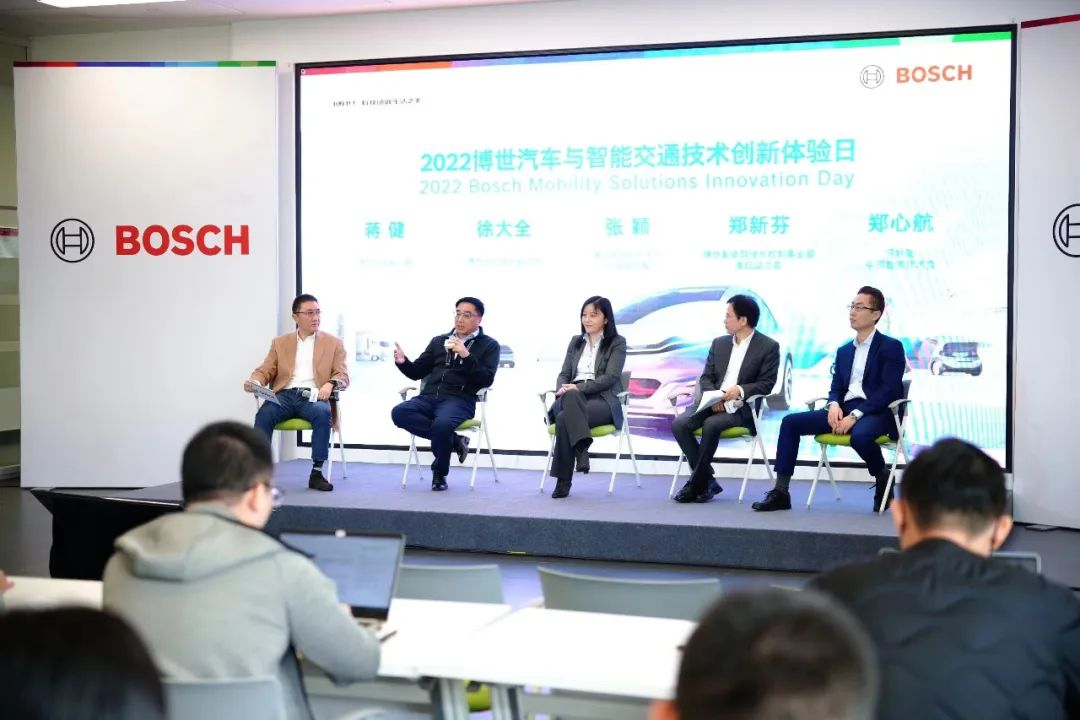
The “Third Revolution” in the Automotive Industry
“We are currently in the third revolution.” said Xu Daquan, Executive Vice President of Bosch China.
If the advent of the assembly line brought cars from pure hand-built to the masses, and the introduction of technologies such as ABS, EFI systems, and airbags made cars safer, then today’s intelligent and electrified cars have ushered in the third revolution: from independent ECUs to domain control and cross-domain control; from hardware dominance to software and hardware separation, where software is becoming increasingly important.
As cars enter a grand revolution, so do the revolution of car technology and suppliers. At this innovation experience day, we can see Bosch, as a supply giant, undergo self-revolution in the areas of interconnection, electrification, automation, and even personalization.
As of October this year, the sales of Bosch’s automotive business have grown by 7.7%, mainly from the areas of intelligent cockpits, electric drive products, and new brake systems.
Taking the chassis, one of the oldest systems in automotive history, for example- it can be said that the chassis system has been around since the birth of the automobile, and as the car has undergone transformation after transformation, the chassis has also been continuously upgraded and iterated to meet the demands of electrification, automation, and even personalization.
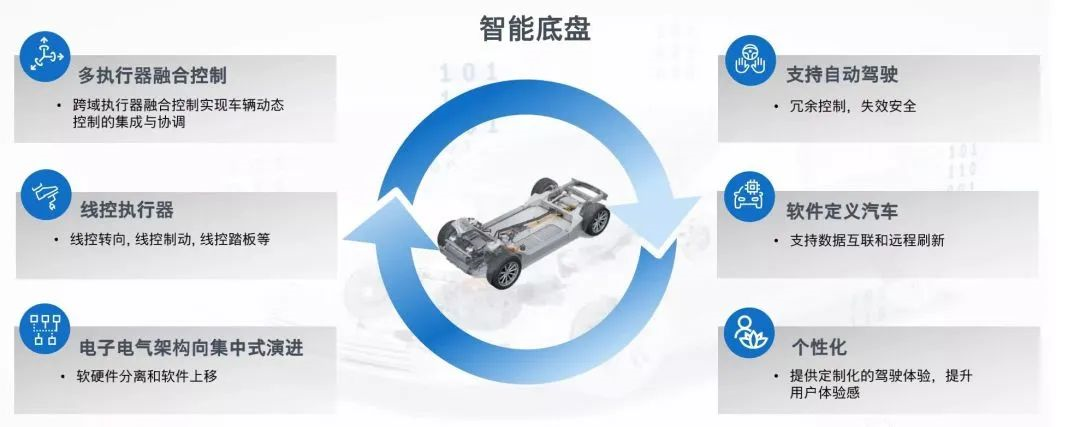
At the Innovation Day, we experienced the latest Vehicle Dynamics Control (VDC 2.0) technology, which covers comprehensive co-control of the brake system, steer-by-wire, powertrain system, and suspension systems. By introducing a forward control algorithm that can “anticipate” based on analyzing and comparing sensor information, VDC 2.0 can predict the trend of vehicle dynamics and coordinate multiple chassis actuators to optimize dynamic response characteristics, making vehicle dynamic control more accurate and smooth. Additionally, VDC 2.0 can provide customized versions tailored to OEM’s user portrait to meet personalized needs.
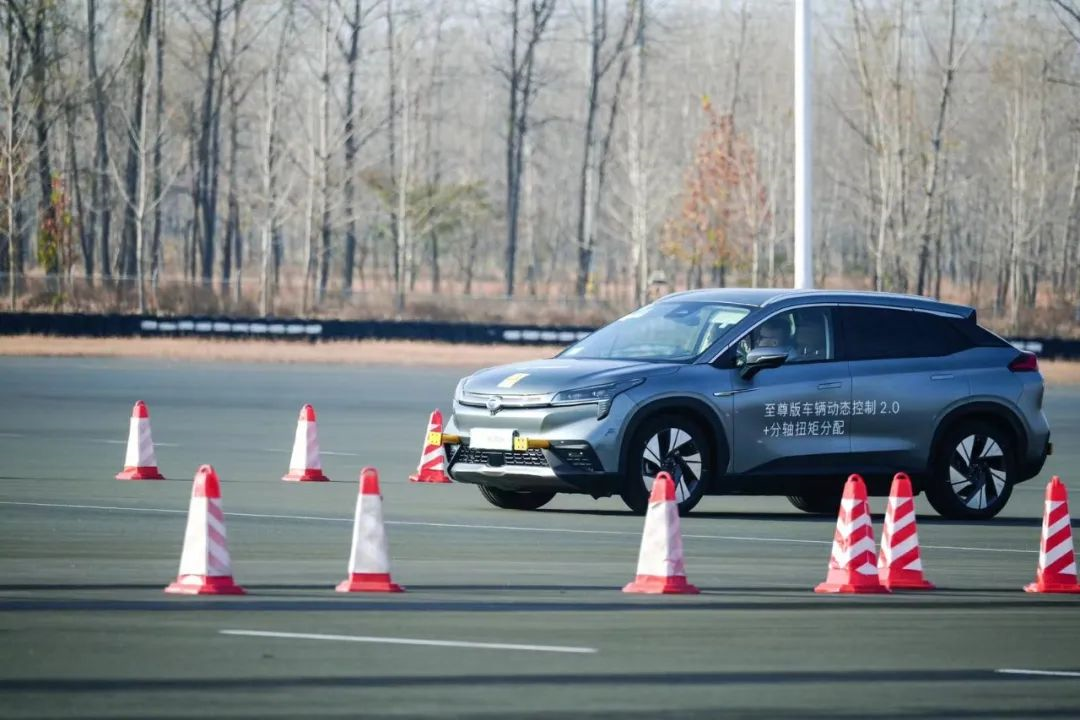
There are many other technological innovations that aim to make driving safer, more precise, and more pure, such as the CSER platform D6 fully redundant control unit that can enhance driving safety, the distributed traction control system (dTCS) and vehicle slipping energy recovery torque control (eDTC) that can adjust torque control more accurately and rapidly to improve safety in special scenarios such as slipping and lock-up, and bring a better driving experience, and so on.
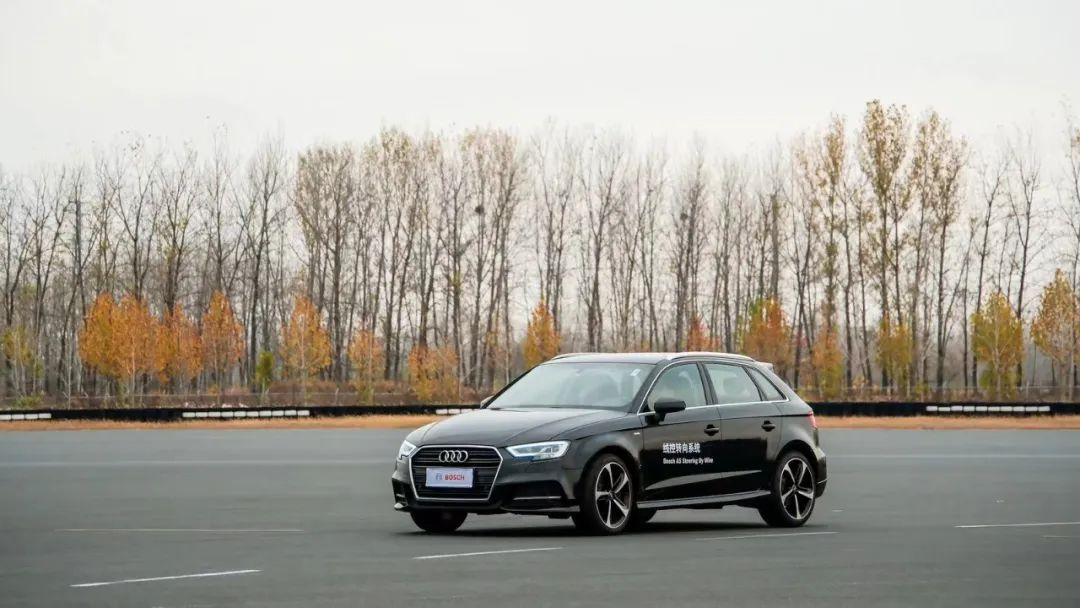
From traditional chassis revolution to intelligent chassis, the technological evolution is not only due to the application of VDC 2.0 but also due to the centralized evolution of vehicle electronic and electrical architecture and the cross-domain integration of software and hardware. It is a vehicle-mounted computing platform that can adapt to multiple in-vehicle communication resources, a regional controller that can achieve cross-domain integration and wire optimization, and a cabin and parking integrated solution that can fully utilize the high computing power of the 8155 chip to integrate autoparking with the cabin.
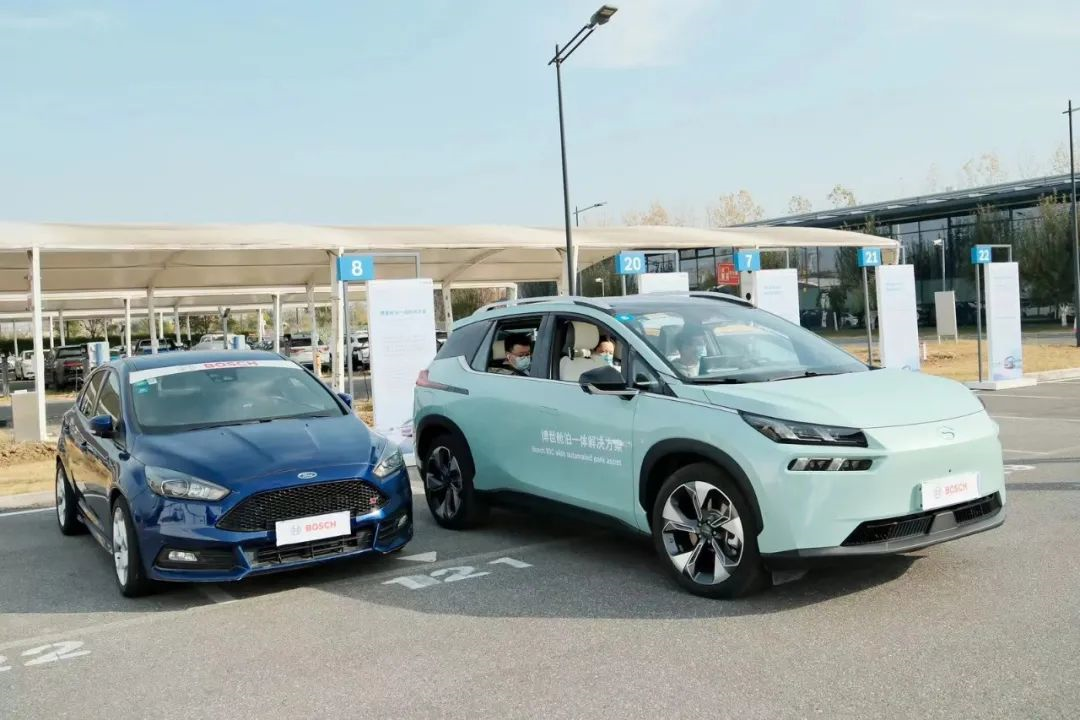
From birth to the present three technological revolutions, technology and performance are changing, the target audience is changing, but the original intention of driving remains unchanged. These innovative technologies make us feel that intelligent cars are developing rapidly, but they still serve driving, safety, and reliability.## The “Supply Circle” from the Self-Controllable “Supply Chain” of Auto Enterprises
The development of intelligent cars has driven more and more auto enterprises to focus on self-researching, as if not mastering the core technology themselves will result in a lack of inner security. Some have even emphasized building a vertically integrated supply chain.
Bosch, as a traditional Tier1 supplier, is perhaps one of the most sensitive to this trend. Yet, their response appears quite different: while auto enterprises verticalize their supply chains, Bosch attempts to break down vertical “supply chains” that are clearly defined and transform them into more flattened and localized “supply circle” ecosystems.
This “supply circle” is more apparent in the field of intelligentization, where the collaboration between suppliers and OEMs is no longer a black box mode of delivering keys, but a more flexible mode inspired by OEMs.
Taking the intelligent cockpit as an example, Bosch is currently collaborating with HiRain Technologies in China. Under the traditional division of labor, Bosch is Tier 2 and HiRain is Tier1 to face the host plant, with the power to define the application layer granted to the OEM.
For example, the first-generation cockpit domain controller from Bosch, based on a chip 8155, provided foundational capabilities for controlling one chip and five screens. However, even in models with chips 8155, which have already been unveiled, we can still see intelligent cockpits tailored to different customers. This is the result of flattened supply chains that hand over the initiative to define products and applications to the OEMs.
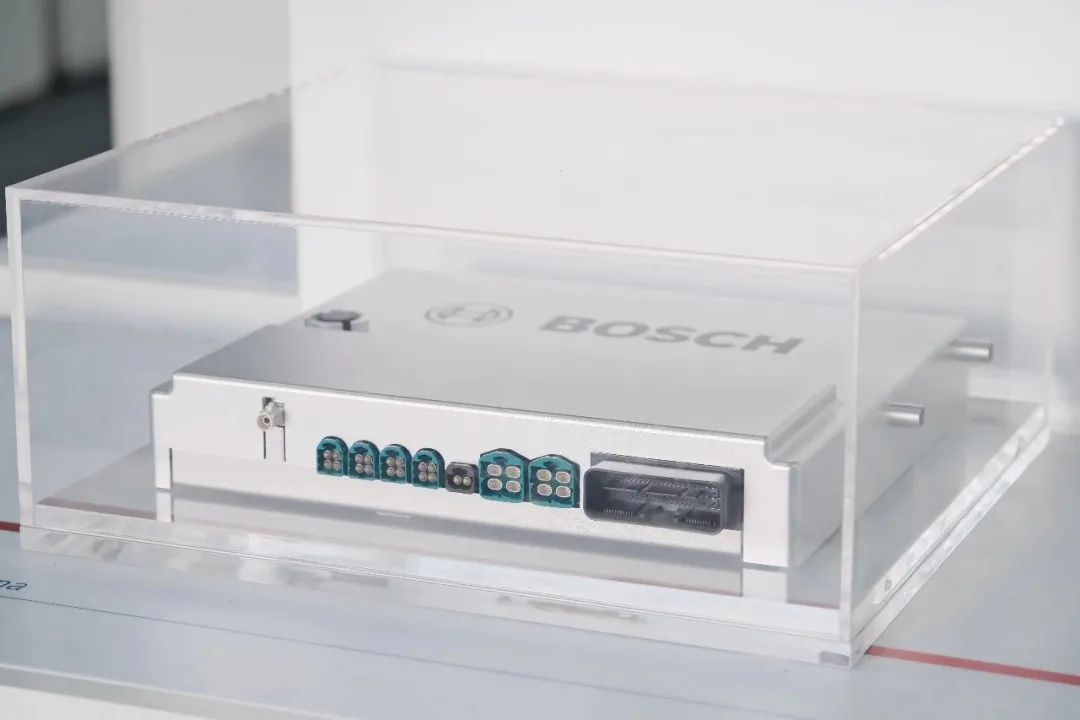
On this day of innovation experience, we saw the second-generation intelligent cockpit domain controller based on Qualcomm 8295, which can support up to 12 display screens and 16 cameras at most. The increased computing power and performance provide a possibility for the future integration of more functions, allowing for greater imagination in the cockpit.

A similar change in collaboration patterns is occurring in intelligent driving. Unlike auto enterprises’ passion for “full-stack self-researching of autonomous driving,” Bosch has chosen to partner with WeRide. For Bosch, this cooperation seems more like a symbiotic partnership. WeRide is responsible for perceptual algorithms for cameras and LiDAR, as well as subsequent planning and control algorithms. Bosch is using the algorithms provided by WeRide for an embedded high-compute platform, providing localized solutions for Chinese customers.This collaboration model is expected to be seen in mass-produced cars in the end of next year or early of the following year.
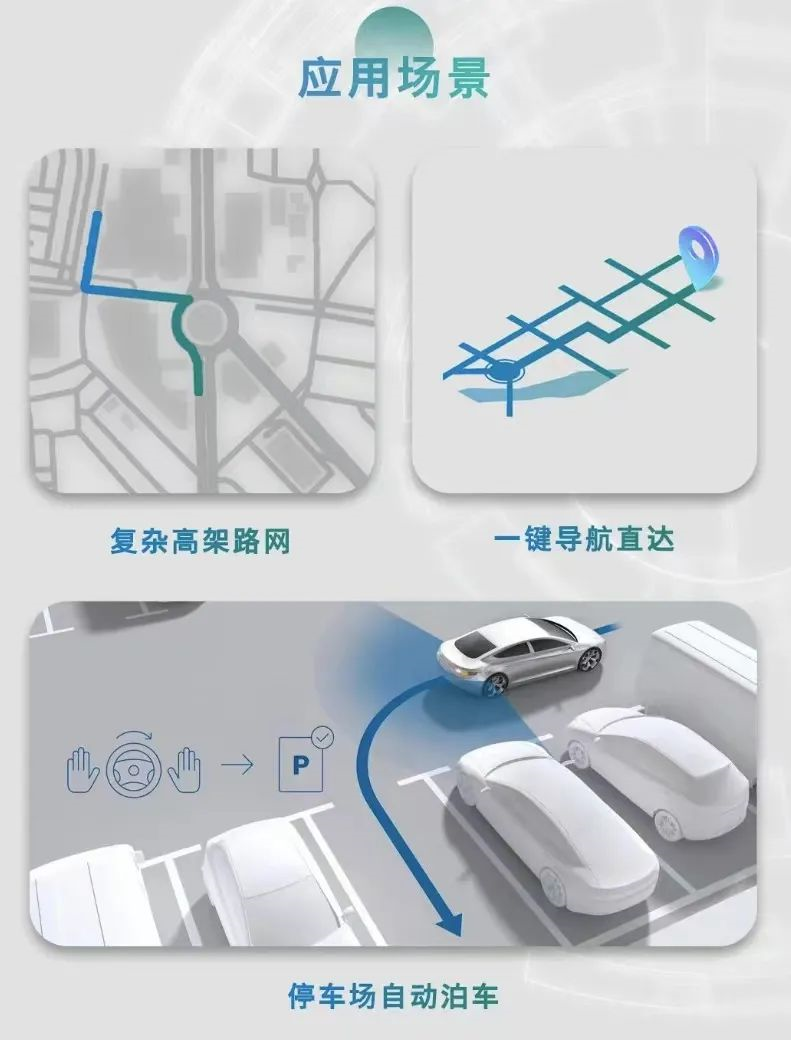
Perhaps the coldness of the autonomous driving industry today could better demonstrate the value of this collaboration model. Whether it is a traditional car or an autonomous driving vehicle, the ultimate goal is not the technical frenzy above idealism, but how to create a safe and reliable product within the designated time and cost.
Industry transformation is never a one-person show. This collaboration model avoids the investment of time, talent and capital in “reinventing the wheel”, allowing us to experience intelligent driving functions that are safe, reliable and at a high level earlier.

Both intelligent cabins and autonomous driving systems can increasingly see the power of Chinese localization. The Bosch Software Center located in Wuxi has expanded from its initial team of dozens to more than 700 employees. Recently, the Bosch Intelligent Driving and Control Shanghai R&D Center will also be completed, and the Asia-Pacific engineering software center for commercial vehicle steering systems has been established in Jinan.
A more flattened, localized, and highly flexible supply ecosystem is Bosch’s weapon for the future, as well as the future of the automotive industry.
Finally
What does the next generation of intelligent cars look like? Perhaps it will remove the large screen, or remove the steering wheel, or turn into a square box?… Regarding this question, there may be a thousand guesses in a thousand people’s minds.
Guesses can be imaginative, but technology still needs to be down-to-earth. The technology, products, and trends we saw at Bosch’s innovation experience day may be the technology and skills that will be seen in the next generation of intelligent cars.
This article is a translation by ChatGPT of a Chinese report from 42HOW. If you have any questions about it, please email bd@42how.com.
